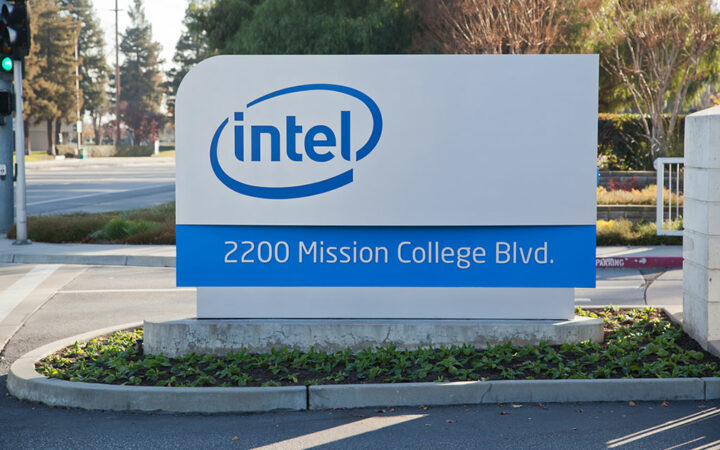
Please check out latest news, expert comments and industry insights from Coinspeaker's contributors.
Internet of Things (IoT) infrastructure and services will see spending of $ 1.7 trillion in 2020.
The Internet of Things (IoT) is a system of interrelated computing devices, mechanical and digital machines, objects, animals or people that are provided with unique identifiers and the ability to transfer data over a network without requiring human-to-human or human-to-computer interaction.
The IoT is significant because an object that can represent itself digitally becomes something greater than the object by itself. No longer does the object relate just to its user, but is now connected to surrounding objects and database data. When many objects act in unison, they are known as having “ambient intelligence.”
A thing, in the Internet of Things, can be a farm animal with a biochip transponder, an automobile that has built-in sensors to alert the driver when tire pressure is low, a person with a heart monitor implant or any other natural or man-made object that can be assigned an IP address and provided with the ability to transfer data over a network.
According to a report by Wind, an Intel company, IoT infrastructure and services will see spending of $ 1.7 trillion in 2020, in 2014 it was ‘just’ $656 billion. There will be 50 to 200 billion connected IoT devices deployed worldwide by 2020 as compared to 15 billion in 2016.
Average amount of water potentially saved by IoT soil moisture monitoring on farms is 20%. Also it will help to cut 30% fuel consumption from cars that can communicate with each other to reduce the need to stop at intersections.
1.6 gigatons of greenhouse gases could be saved and the energy efficiencies of buildings can be improved, according to the report.
Among other variants of using IoT, greenhouse gases can be also reduced to 9.1 gigatons. €43 billion could be saved across European Union countries from IoT-enabled energy reductions by 2020.
In future IoT will be contributing towards efficiencies of various industries such as energy, transportation, infrastructure and agriculture and can also aid in reducing carbon footprint.
To discover other interesting facts about the Internet of Things you can take a look at the infographic below.

Please check out latest news, expert comments and industry insights from Coinspeaker's contributors.




